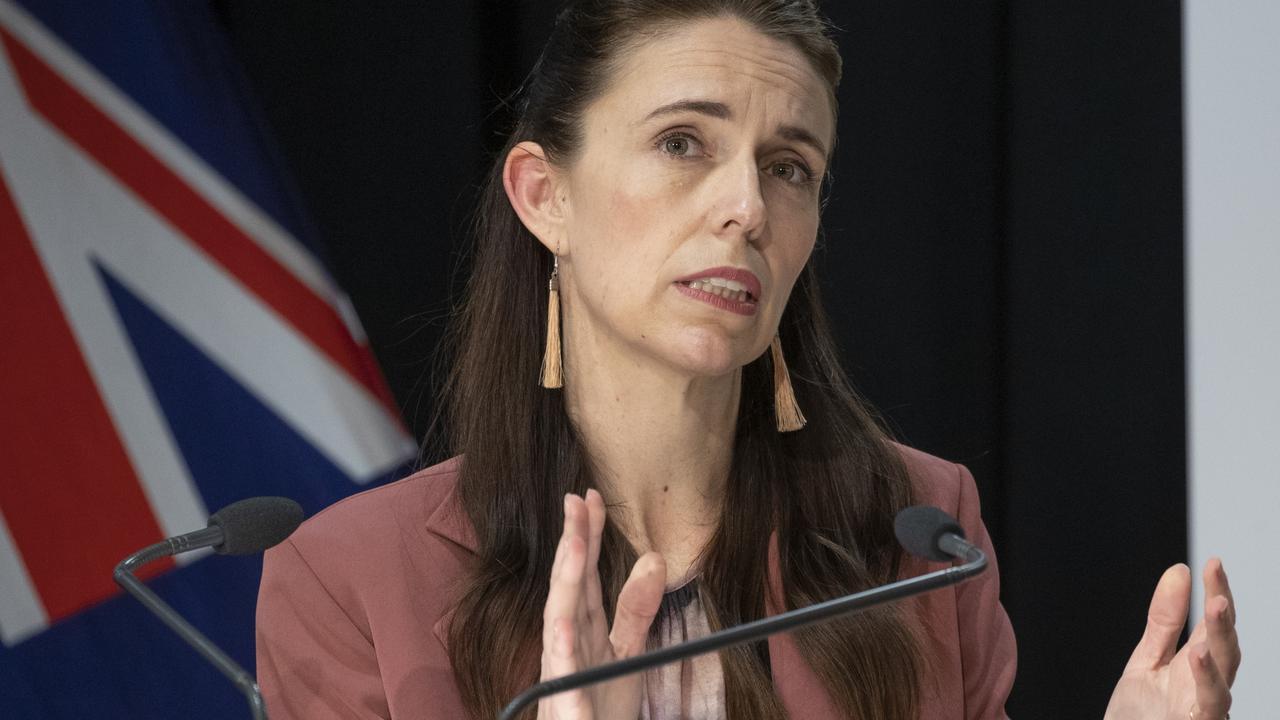New Zealand increases emissions reduction target
New Zealand has announced it will add an additional layer to its plan to tackle a major worldwide issue, in stark contrast to Australia.
New Zealand has added an additional layer to its climate action plan, in stark contrast to Australia.
On Sunday, Prime Minister Jacinda Ardern announced an ambitious new emissions reduction target, with a pledge to halve its net greenhouse gas emissions by 2030.
It comes as a key UK government adviser accused Prime Minister Scott Morrison of showing “no indication” of delivering on his 2050 net zero climate plan.
New Zealand’s new target, announced as world leaders gather in Glasgow for the critical COP26 summit on climate change, is substantially higher than the previous goal of a 30 per cent reduction set as part of the 2015 Paris agreement.
New Zealand’s enhanced contribution to the global fight on climate change “represents our fair share, and is in line with what’s needed if we are to avoid the worst impacts of global warming,” Ardern said in a statement on Sunday.
“While we are a small contributor to global emissions, as a country surrounded by oceans and an economy reliant on our land we are not immune to the impact of climate change, so it’s critical we pull our weight.
“New Zealand’s enhanced contribution to the global effort to fight climate change now represents our fair share, and is in line with what’s needed if we are to avoid the worst impacts of global warming on New Zealand.
“Climate change is a priority for the government because it’s a threat to our economy, our environment and our everyday lives.”
Emissions are currently about the same as they were in 2005 and Climate Change Minister James Shaw described the next decade as “make or break” for the planet.
“It is because we have singularly failed as a country over the course of three decades to reduce our emissions that we are now in a starting position that means that we sort of have no choice,” he said.
“To stand a chance of limiting global warming to 1.5C, the science shows we now have about eight years left to almost halve global greenhouse gas emissions.
“That’s eight years for countries to make the necessary plans, put in place policies, implement them, and ultimately deliver the cuts.”
Under a complex system for determining the contribution to fighting climate change, the cuts will include arrangements helping other countries reduce their emissions, drawing criticism from the opposition National Party.
“National supports using global carbon markets to achieve our targets, but there is no sense in setting a target that overreaches and simply signs New Zealand up to a huge bill as we buy units from overseas,” the party’s climate change spokesman Stuart Smith said.
Just last week, Australian Prime Minster Scott Morrison faced intense pressure to commit to a climate plan after numerous meetings with The Nationals.
The federal government eventually made a deal but it has been heavily criticised for failing to produce any modelling.
Last Tuesday, Mr Morrison outlined his plan to reach net zero emissions by 2050 ahead of his major trip to a UN climate summit, using a late-night interview to reject concerns the government has broken a promise not to increase climate targets.
Under the plan, more than $20 billion will be invested in low emissions technologies including carbon capture and storage.The Prime Minister also unveiled new projections, which if reached, could see Australia reduce emissions by 30 to 35 per cent by 2030.
But there are concerns. The modelling, which supports the plan, will not be released until a later, unspecified date. Australian billionaire Mike Cannon-Brookes hit out at the government’s commitment, calling it “just more bulls**t”.
Jacinda Ardern on the other hand has added another commitment on top of the net zero deal she made in 2019.
Labor Leader Anthony Albanese also slammed Mr Morrison, posting: “The word plan doesn’t constitute a plan no matter how many times you say it”.
Australia has also been criticised in numerous publications for being one of the world’s largest emitters of greenhouse gases “on a per capita basis”.
For all the latest Technology News Click Here

